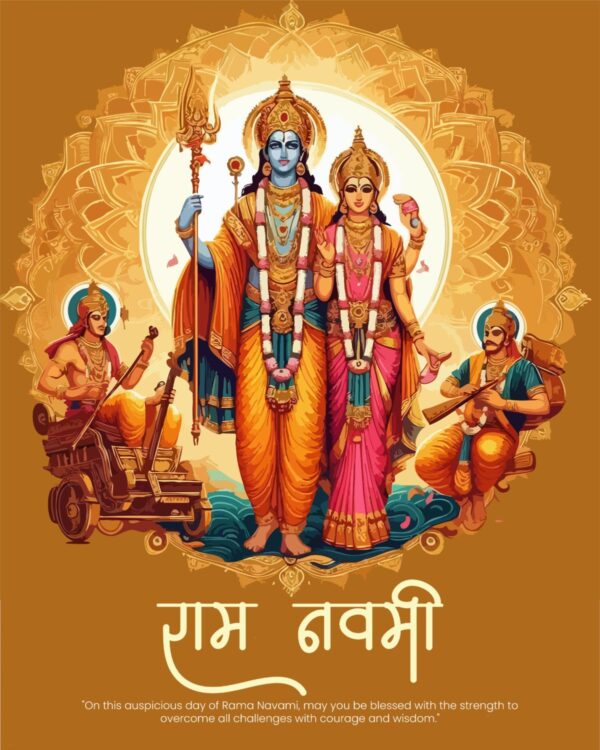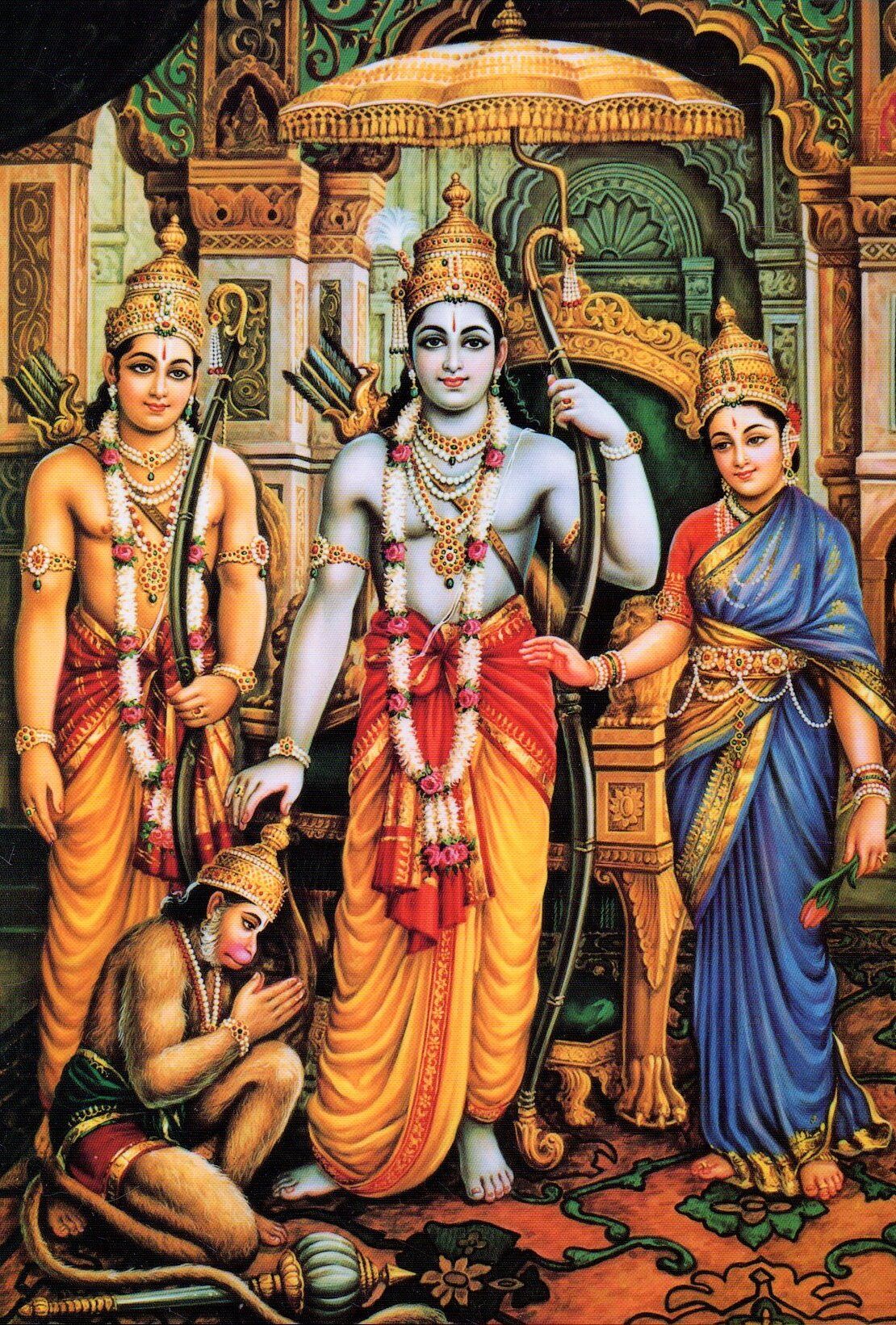Explore the spiritual significance of Ram Navami, celebrating the birth of Lord Rama. Learn about its history, rituals, and the deeper essence of this sacred Hindu festival.

Ram Navami is one of the most revered Hindu festivals, commemorating the birth of Lord Rama, the seventh incarnation of Lord Vishnu. Observed on the ninth day (Navami) of the Chaitra month (March-April) in the Hindu lunar calendar, this festival holds profound religious and cultural significance. Devotees across India and beyond celebrate this sacred occasion with great devotion, engaging in fasting, prayers, and vibrant processions. Let’s delve into the history, significance, and traditions that make Ram Navami so special.
The Divine Story and Significance of Ram Navami
According to Hindu scriptures, Lord Rama was born to King Dasharatha and Queen Kaushalya in the revered city of Ayodhya. He is hailed as Maryada Purushottama, the epitome of virtue, righteousness, and duty. His life, chronicled in the epic Ramayana by Maharishi Valmiki, serves as a timeless guide to morality and justice.
Ram Navami is not merely a festival; it is a celebration of the triumph of good over evil. It reminds us of Lord Rama’s exemplary qualities—compassion, truthfulness, and selflessness—offering profound lessons for leading a righteous life.
How is Ram Navami Celebrated?
The manner of celebrating Ram Navami varies across regions, yet some key rituals remain universal:
1. Fasting and Devotional Songs
Devotees observe a vrat (fast) from sunrise to sunset, partaking only in fruits and milk. The air is filled with the melodies of bhajans and kirtans, dedicated to Lord Rama.
2. Recitation of the Ramayana
Homes and temples resonate with the reading or recitation of the Ramayana, inspiring devotees with Lord Rama’s teachings and life journey.
3. Grand Ram Navami Processions
Colorful Shobha Yatras (processions) are organized, where beautifully adorned idols of Lord Rama, Sita, Lakshmana, and Hanuman are carried through streets amid chants of “Jai Shri Ram.”
4. Temple Rituals and Holy Abhishek
In temples, a special abhishek (ceremonial bathing) of Lord Rama’s idol is performed with milk, honey, and ghee, followed by elaborate pujas and aartis.
5. Acts of Charity and Community Feasts
Devotees engage in daan (charity) by offering food, clothing, and donations to the needy. Many temples and community centers distribute prasad as a gesture of goodwill and devotion.
The Grand Festivities in Ayodhya
The city of Ayodhya, Lord Rama’s birthplace, witnesses unparalleled celebrations. Thousands of devotees throng the Ram Janmabhoomi temple to seek blessings. The entire city is adorned with lights and diyas, while the banks of the Saryu River come alive with mesmerizing aartis and spiritual fervor.
Timeless Life Lessons from Lord Rama
- Dharma (Righteousness): Lord Rama’s unwavering commitment to truth and justice serves as a beacon of morality.
- Obedience and Duty: His acceptance of exile to honor his father’s promise showcases the essence of selfless duty.
- Compassion and Leadership: His kindness, patience, and exemplary governance provide a model for ideal leadership.
Conclusion
Ram Navami is not just a festival—it is a reminder of eternal values, truth, and devotion. Whether through fasting, prayers, or acts of kindness, celebrating this sacred day offers an opportunity to embrace righteousness and spirituality. As we chant “Jai Shri Ram,” let us strive to imbibe Lord Rama’s virtues in our daily lives.
Wishing you all a blessed and joyous Ram Navami!

